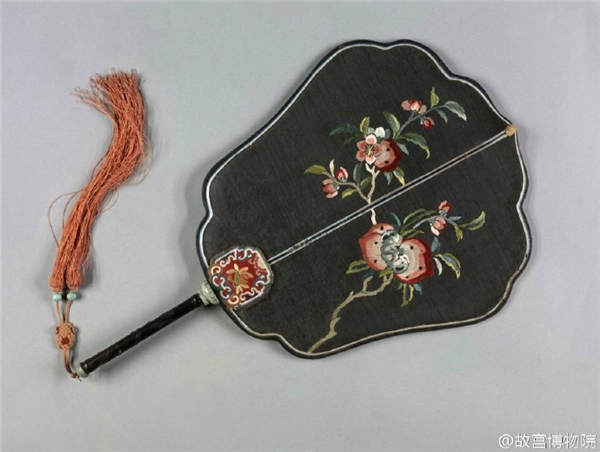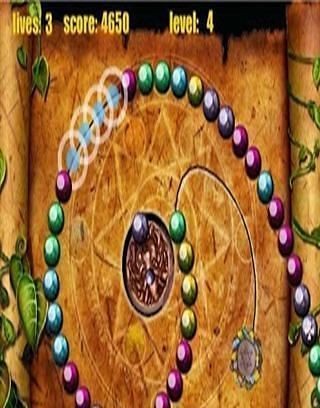Handmade Carpets: An Ancient Art Form Reimagined
Handmade carpets are not just practical items, but also serve as a form of art that dates back centuries. These unique pieces of artistry combine beauty, function, and cultural significance, often telling stories or representing symbols and traditions. Today, handmade carpets come in a wide range of styles, colors, and patterns, providing a creative outlet for artisans to express their individuality and skill. From traditional techniques to modern designs, handmade carpets remain a treasured heirloom passed down through generations.
Throughout history, handmade carpets have served as both a practical and decorative item, bringing a sense of warmth and comfort to any space. Originating in Persia and Asia Minor, these art forms have been passed down through generations, with each culture leaving its own unique stamp on the craft. Today, the art of handmade carpeting continues to thrive, offering a range of patterns, colors, and techniques that are both traditional and innovative.
One of the first steps in making a handmade carpet is to select the material. The most common material used is wool, which is chosen for its durability, availability, and ability to create a soft, comfortable surface. Cotton and silk are also occasionally used, adding a touch of luxury and softness to the finished product. The color palette of these materials is limited only by the imagination; from rich earth tones to vibrant colors, the possibilities are endless.

Once the material is selected, the weaver begins by drawing out a pattern on paper or in their head. Traditional patterns often reflect cultural symbols or religious significance, while modern designs can range from abstract to geometric. The weaver uses a loom, a frame onto which the material is wound, to create the foundation of the carpet. This process alone can take weeks, as each individual thread must be carefully woven into place.
The next step involves adding color and depth to the carpet. This is done through a process called “knotting,” which involves tying each thread onto the loom in a specific pattern. The more knots per square inch, the higher the quality of the carpet. The color palette used in this process can range from natural fibers like wool or cotton to synthetic materials like nylon or polyester. The choice of material often depends on the desired look, feel, and budget of the final product.
After the knotting is complete, the weaver will begin to add more intricate details, such as patterns or designs. These can include floral motifs, abstract shapes, or even scenes from nature or culture. The level of detail put into these designs can vary widely, from simple lines and patterns to complex three-dimensional scenes.

The final step is to complete the edges of the carpet, often with a decorative fringe or binding. This not only adds to the aesthetic appeal but also reinforces the edges, preventing them from fraying. The color and style of the fringe can vary depending on the overall theme and purpose of the carpet.
In conclusion, handmade carpets are not just a practical item but also a work of art that can enhance any space. The amount of time and effort put into each one is evident, making them a truly unique and valuable addition to any home or business. From their ancient roots to modern designs, these carpets continue to captivate and inspire us all.
Articles related to the knowledge points of this article:
The Feather Duvet: A Winters Best Friend
Poetsdon Womens Down Jacket: A Fashion Staple for the Winter Season
Title: Unveiling the Enigma: The Mystery and Allure of Masked丝巾女士



